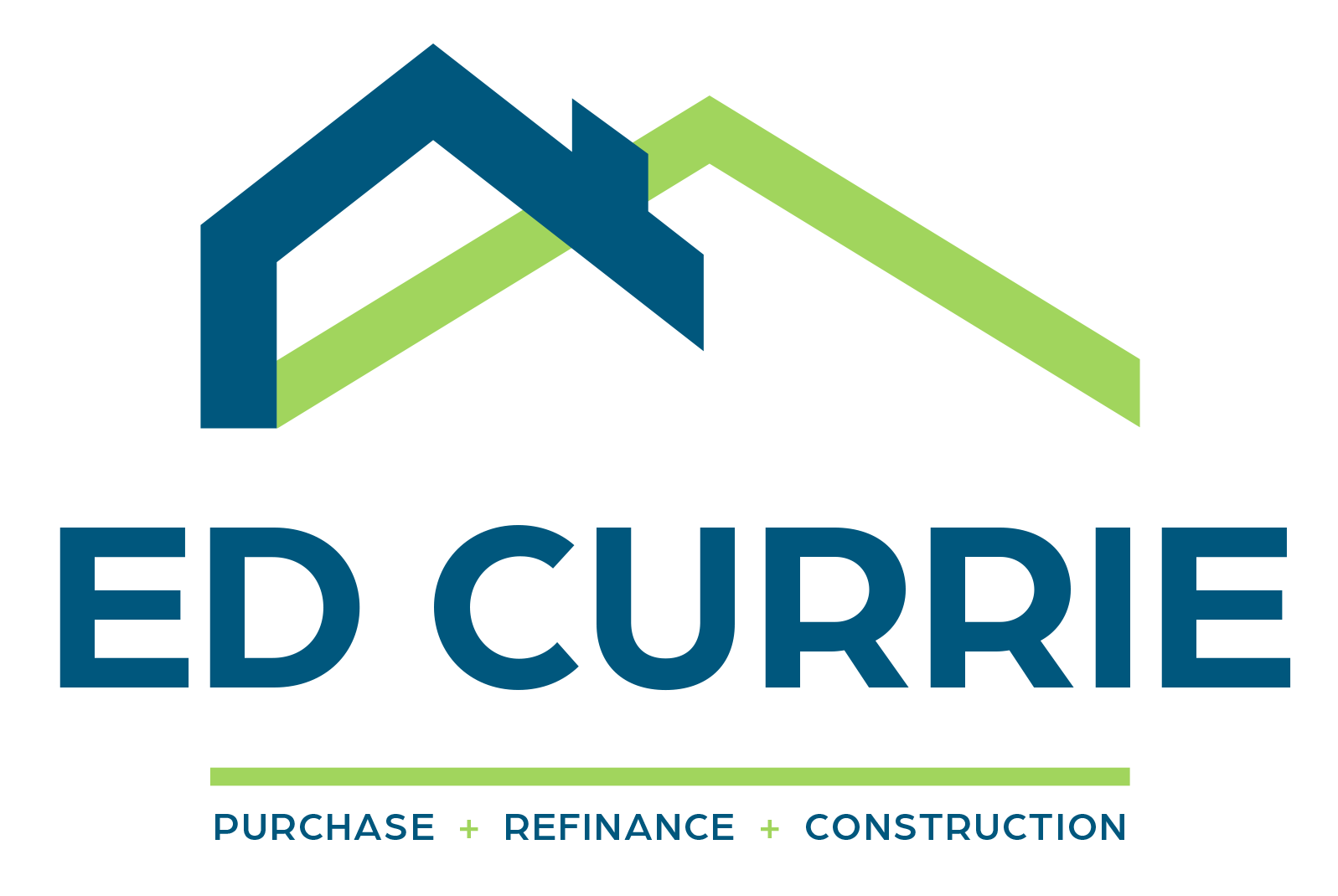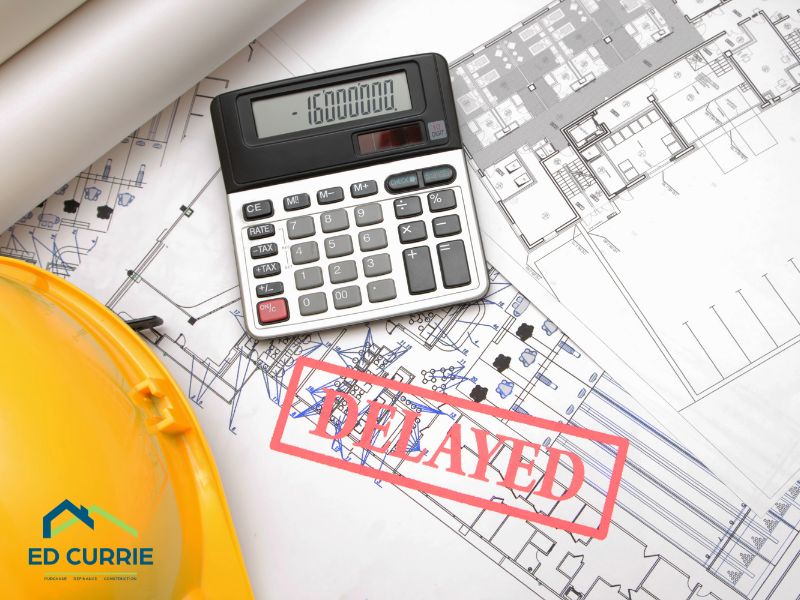- Convenience: One application process and closing cover both the construction phase and permanent mortgage.
- Streamlined Process: Simplifies paperwork and reduces the need for multiple approvals.
- Interest Rate Lock: Lock in the interest rate for the permanent mortgage at the beginning of the project.
- Limited Options: Borrowers may be restricted to the lender’s permanent mortgage offerings.
- Potential Risks: Changes in the market or your financial situation could impact the permanent mortgage terms.
- Flexibility: Allows borrowers to shop around for the best permanent financing options.
- Customization: Borrowers can select different lenders for the construction and permanent phases.
- Higher Costs: Separate closing costs and fees for the construction and permanent phases.
- Complexity: Requires more paperwork and coordination between lenders.
- Upgrade Existing Properties: Ideal for renovating or remodeling existing homes.
- Flexible Financing: Can cover a wide range of renovation projects, from minor repairs to major overhauls.
- Eligibility Requirements: Some renovation loan programs have strict eligibility criteria.
- Project Oversight: Lenders may require detailed plans and inspections throughout the renovation process.
- Budget and Timeline: Evaluate your budget and timeline realistically, including contingency plans for unexpected costs and delays.
- Creditworthiness: Maintain a healthy credit score and financial profile to secure favorable loan terms.
- Builder and Contractors: Choose reputable builders and contractors with experience in construction projects.
- Loan Terms and Rates: Compare interest rates, fees, and repayment terms from different lenders to find the most competitive offer.

Are you ready to turn your dream home into a reality? Embarking on a construction project can be both exhilarating and daunting, especially when it comes to financing. Fortunately, there’s a range of construction loan options available to consumers, each designed to suit different needs and preferences. Let’s explore the diverse landscape of construction loans and compare their features:
Construction-to-Permanent Loans:
Pros:
- Convenience: One application process and closing cover both the construction phase and permanent mortgage.
- Streamlined Process: Simplifies paperwork and reduces the need for multiple approvals.
- Interest Rate Lock: Lock in the interest rate for the permanent mortgage at the beginning of the project.
Cons:
- Limited Options: Borrowers may be restricted to the lender’s permanent mortgage offerings.
- Potential Risks: Changes in the market or your financial situation could impact the permanent mortgage terms.
Stand-Alone Construction Loans:
Pros:
- Flexibility: Allows borrowers to shop around for the best permanent financing options.
- Customization: Borrowers can select different lenders for the construction and permanent phases.
Cons:
- Higher Costs: Separate closing costs and fees for the construction and permanent phases.
- Complexity: Requires more paperwork and coordination between lenders.
Renovation Loans:
Pros:
- Upgrade Existing Properties: Ideal for renovating or remodeling existing homes.
- Flexible Financing: Can cover a wide range of renovation projects, from minor repairs to major overhauls.
Cons:
- Eligibility Requirements: Some renovation loan programs have strict eligibility criteria.
- Project Oversight: Lenders may require detailed plans and inspections throughout the renovation process.
Before deciding on a construction loan, consider the following factors:
- Budget and Timeline: Evaluate your budget and timeline realistically, including contingency plans for unexpected costs and delays.
- Creditworthiness: Maintain a healthy credit score and financial profile to secure favorable loan terms.
- Builder and Contractors: Choose reputable builders and contractors with experience in construction projects.
- Loan Terms and Rates: Compare interest rates, fees, and repayment terms from different lenders to find the most competitive offer.
Navigating construction loans requires careful consideration of your financial situation, project requirements, and long-term goals. By understanding the features and differences between construction-to-permanent loans, stand-alone construction loans, and renovation loans, you can make informed decisions and embark on your construction journey with confidence. Remember, building your dream home is an exciting adventure that begins with the right financing options.




![EdCurrie_Logo White[Transparent] EdCurrie_Logo White[Transparent]](https://edcurrie.com/wp-content/uploads/elementor/thumbs/EdCurrie_Logo-WhiteTransparent-qybu3sjgpfhje9098uitv7fpt7os2hgn52gfy6ocx4.png)